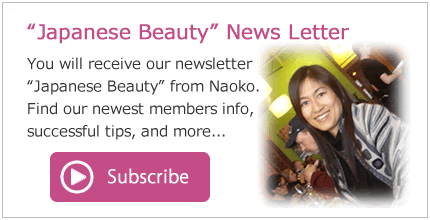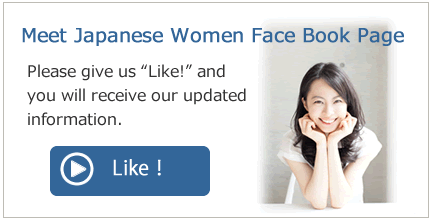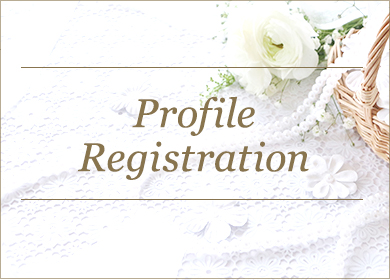- Blog
- Omiai and the Tradition of Arranged Marriages in Japan
Japan
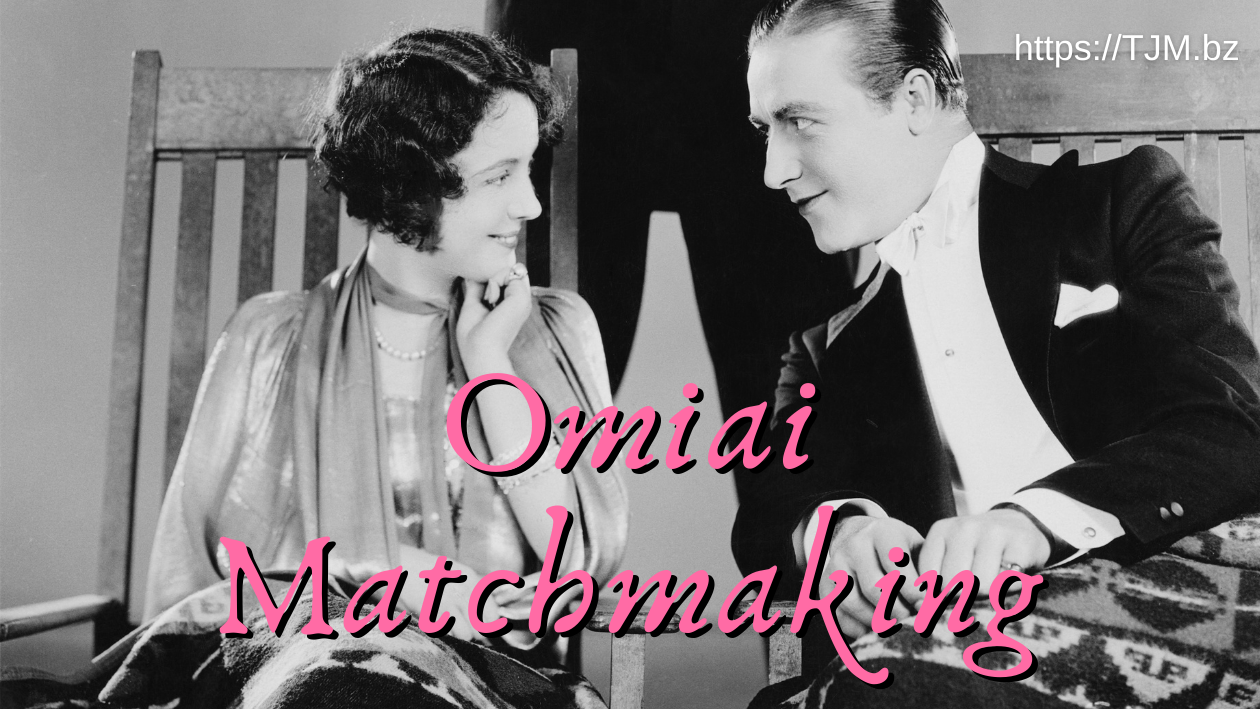
Omiai and the Tradition of Arranged Marriages in Japan
Contents
The Historic Tradition of Omiai
Since time immemorial, culture and tradition have been powerful forces shaping societal norms and individual lives. In Japan, one such longstanding tradition is Omiai, an arranged marriage practice that has been intricately woven into the cultural tapestry. Despite its antiquity, Omiai continues to influence contemporary Japanese society, reflecting an intriguing blend of modernity and tradition.
Omiai: A Pragmatic Approach to Matchmaking
The concept of Omiai is grounded in pragmatic matchmaking. It involves a neutral third party, often a professional matchmaker or a respected elder, who brings prospective couples together based on compatibility factors such as family background, education, and financial status. Unlike the western perception of arranged marriages, Omiai doesn’t demand immediate commitment. Instead, it offers potential partners an opportunity to meet and decide if they wish to pursue marriage.
The Evolution of Omiai
Although Omiai dates back to the Heian period (794 to 1185), it has continually evolved, paralleling changes in Japanese society. While traditionally Omiai served to strengthen social status and form political alliances, modern iterations focus more on compatibility and individual preferences, with an emphasis on nurturing a successful, mutually beneficial relationship.
Omiai in Modern Japan: Relevance Amid Modernization
Interestingly, despite Japan’s rapid modernization and adoption of Western values, Omiai has managed to retain its relevance. This is attributed to several factors. Firstly, the deeply rooted respect for familial and societal norms has allowed this tradition to persist. Secondly, Japan’s demanding work culture leaves little time for dating, making Omiai a practical solution for those seeking companionship and marriage.
Technology and Omiai: The Digital Shift
The advent of technology has also had a significant impact on Omiai. With an array of matchmaking apps and websites, the process has become more accessible and less formal. These platforms employ advanced algorithms to find potential matches, combining the practicality of Omiai with the convenience of digital connectivity. However, the role of the Nakodo (matchmaker) remains vital, offering wisdom and guidance throughout the process.
Conclusion: Omiai – A Bridge Between the Past and the Present
The evolving nature of Omiai demonstrates a fascinating aspect of Japanese culture, where age-old traditions adapt to modern contexts. While the core philosophy remains centered on ensuring compatibility and a strong foundation for marriage, the methods employed reflect the changing societal norms and the embrace of technology. Despite facing criticism and being labeled as outdated by some, Omiai’s longevity and current relevance stand testament to its adaptability. It highlights a significant facet of Japanese society – an unwavering commitment to tradition, even amidst rapid modernization. Whether through in-person meetings orchestrated by a Nakodo or through a matchmaking app, the tradition of Omiai continues to facilitate marital unions in Japan, serving as a bridge between the past and the present.
Naoko Matsumoto
Founder & CEO
Traditional Japanese Matchmaker (TJM)
Traditional Japanese Matchmaker is the best dating and matchmaking service in Japan that is specialized for single professionals and Japanese women established in 1999. Please click the link below to sign up for TJM’s Free Registration if you are truly interested. We look forward to assisting you in finding your Japanese wife.
and more...
-
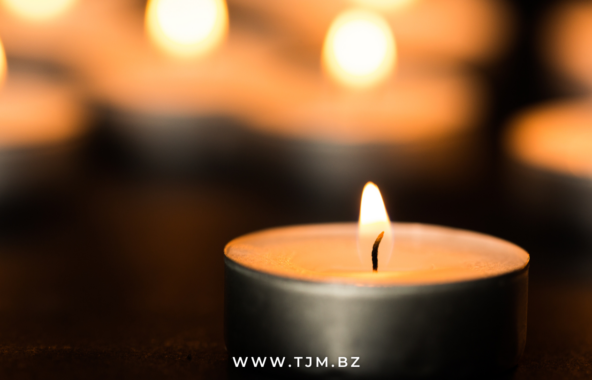
Blog
Not “Someday,” but Now ― Why Waiting Costs More Than You Think After 50 -
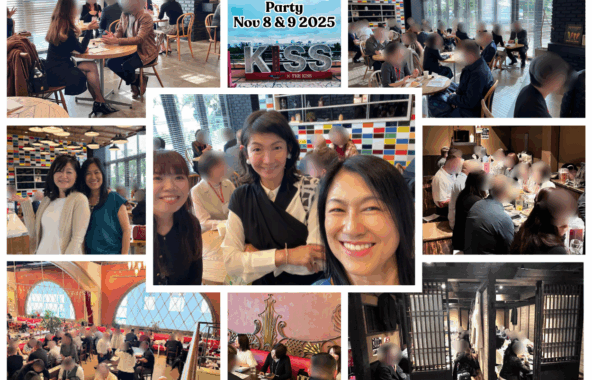
Blog
Tokyo International Matchmaking Event Report – Why More Men Are Joining Our Japan-Based Matching Events -
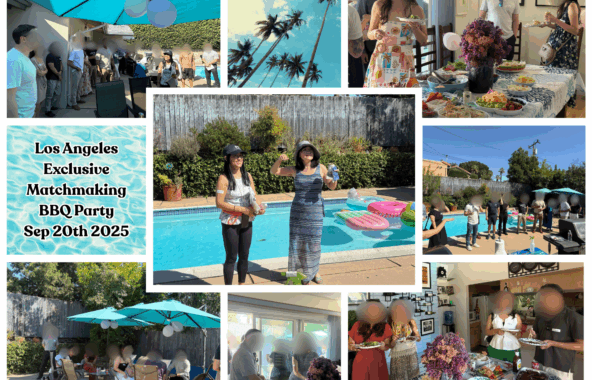
Blog
Los Angeles Poolside BBQ Matchmaking Event Report Beyond “That was fun!” — Turning your international marriage dream into reality -

Blog
Meet Your Future Wife in 3 Months — Make Marriage Your Life Project -
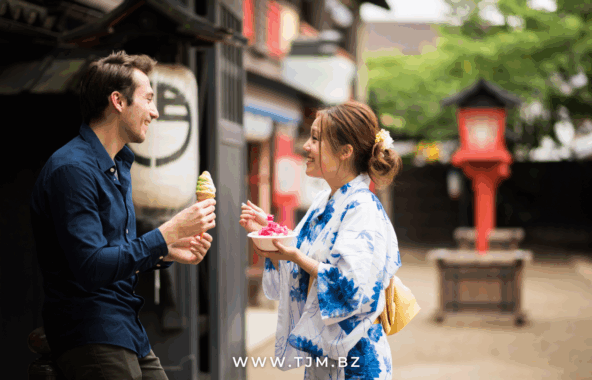
Blog
Understanding Physical Touch in Japanese Culture: What Foreign Men Should Know When Dating Japanese Women -
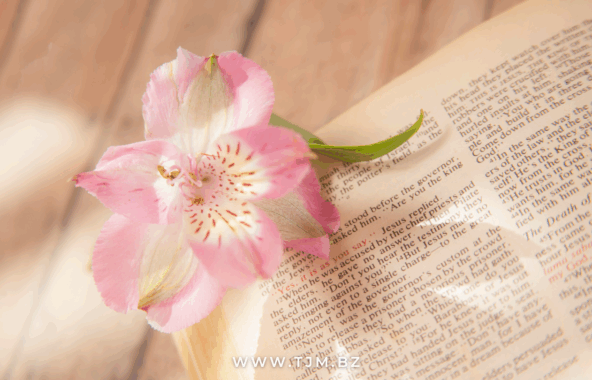
Blog
Christian Asian Dating in Japan: Can I Meet Christian Japanese Women?

 日本語
日本語
